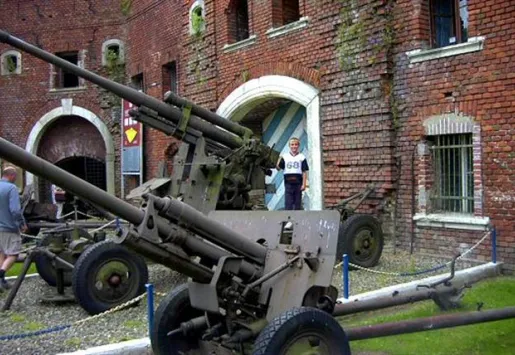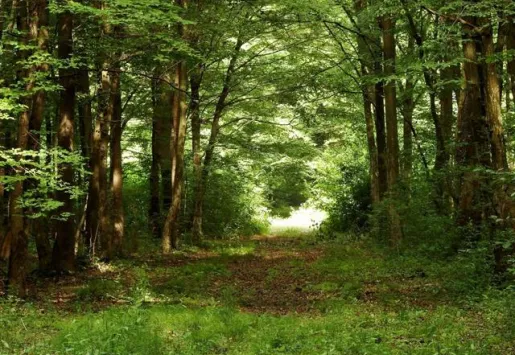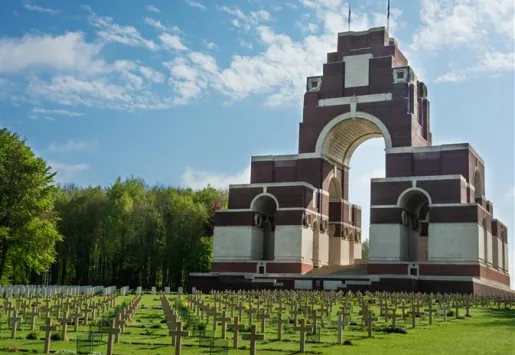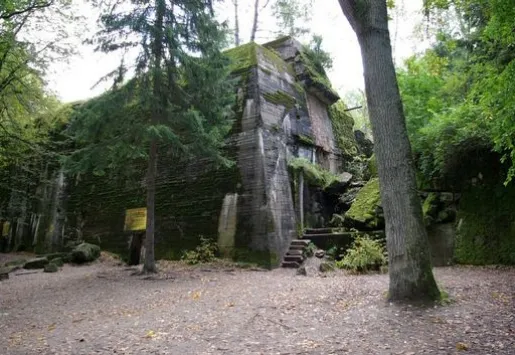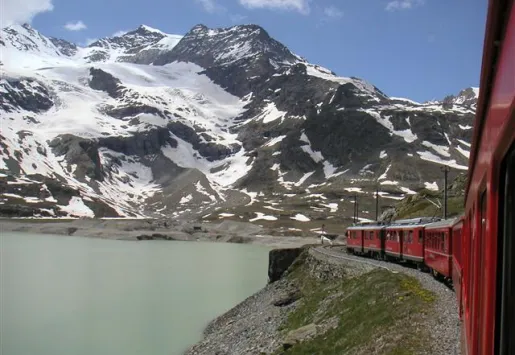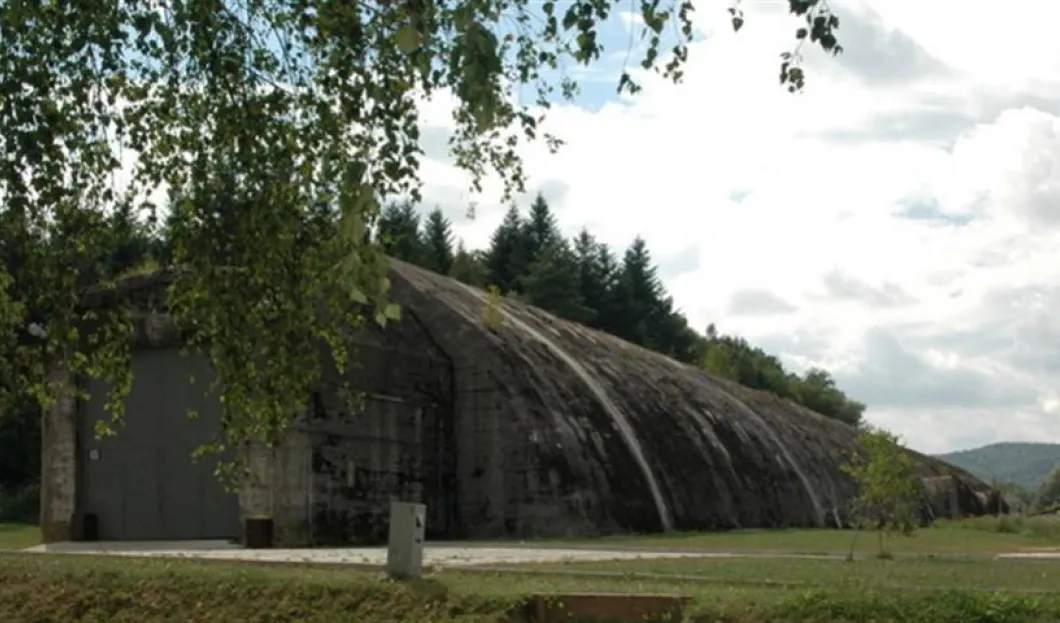
Enormous concrete shelter designed to protect Hitler’s train is one of the landmarks of south-eastern Poland. The reinforced complex is the biggest in the country but amazes its visitors also with its ingenious construction and self-sufficiency.
The town of Stepina in the south-eastern Poland hides one of the best preserved fortified shelters built by Germans during the WWII. The concrete complex was meant to protect Nazi trains as well as the special train of Adolf Hitler called ‘Amerika’. Similar fortification can be also found in nearby Strzyzow where Hitler had one of his headquarters.
Trains were one of the favourite means of transport for the Nazi commanders because they were fast and mobile. Since the trains were vulnerable, the wehrmacht built several shelters to protect them against air raids all around Europe including Poland.
The concrete tunnel in Stepina near Frysztak is a popular attraction for tourists interested in the history of WWII, reported Novinky.cz. The complex consists of seven reinforced concrete structures which makes it the biggest railway shelter in Poland. There were dozens of buildings, guard towers, and bunkers. As such the complex was completely self-sufficient with regards to fuel, water supply, heating, electricity generation and air filtering.
The tunnel is 386 metres long, 14.5 metres wide at the base and over 7 metres high. Its walls are three to four metres thick. During the war, the tunnel was always kept ready to shelter the Hitler’s train or other Nazi trains any time. In 1941 the complex served as a meeting place of the Führer and the Italian leader Benito Mussolini. Besides that the shelter saw several high-profile meetings of the Nazi top-rank commanders.
When in June 1944 the Soviet troops approached, the Germans ordered evacuation. The constrution served as a Soviet field hospital, then an evacutation shelter, and even a mushroom production complex. Nowadays, the tunnel is in very good condition because it has been used and maintained since the end of the war.
Tourists can admire its construction and design, two robust steel gates as well as several gas-tight doors and firing shells. The tunnel is open to visitors for guided tours from May until the end of October. Over the year several re-enactments of WWII battles take place there as well.
Photo: Vratislav Konecny




